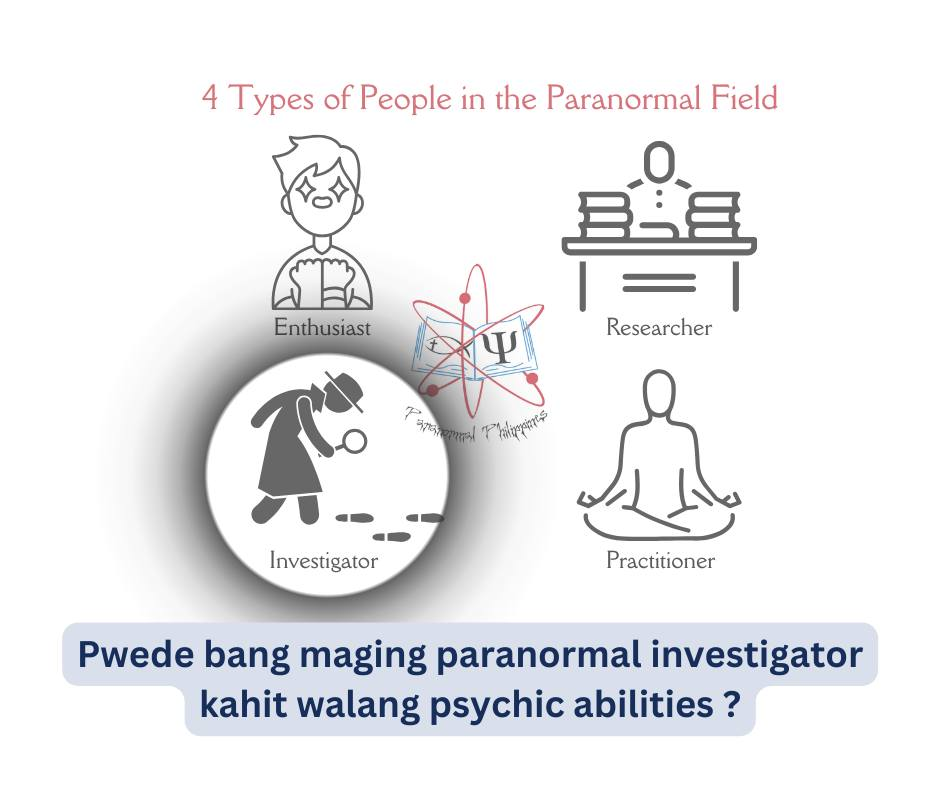EMF Meters
This is a concise summary of the Society for Psychical Research (SPR)'s guide to EMF meters. I will add to these notes later on.
What They Measure
-
EMF = electromagnetic fields, natural or man-made (radio, microwaves, phones, light, etc.).
-
Investigators use EMF meters to measure environmental fields — not to detect ghosts.
Choosing an EMF Meter
-
Avoid “lights and sounds only” meters — pick one with proper units (milliGauss mG or microTesla µT).
-
Ideal range: ~20 Hz to 1 kHz (smaller range = more accuracy).
-
Three-axis meters = more accurate (no alignment needed).
-
Single-axis meters must be aligned with the EMF field.
-
Data-logging meters = best for long-term measurements.
-
Test mains vs. battery power — adaptors can introduce errors.
-
If possible, choose a meter that gives both frequency (source ID) and amplitude (strength).
Using the EMF Meter
-
Keep well away from electrical appliances, wiring, and even your own body.
-
Avoid handheld use; if necessary, hold it away from your body.
-
Move meter slowly if sweeping an area.
-
Align sensor with EMF direction (check manual/casing for sensor position).
-
Spot readings are rarely useful — collect baseline data over time.
-
Best practice: start baseline logging early and continue through the entire investigation.
Safety Warning ⚠️
-
Never tamper with electrical wiring or appliances.
-
Suspect a fault? Call a qualified electrician.
EMF-Emitting “Ghost Gadgets”
-
Many devices claim to attract or detect spirits via EMF.
-
Designs range from gothic props to toys; popularized by TV shows.
-
No scientific proof that any such device detects or enhances paranormal activity.
-
Often overpriced and based on exaggerated claims.
Electromagnetism Basics
-
EMF = two linked fields: electric + magnetic.
-
Properties:
-
Frequency (Hz): “fingerprint” that identifies the source.
-
Amplitude (strength): tells you how strong, not what it is.
-
Polarisation: direction where field is strongest.
-
-
Strength decreases with distance; affected by materials, reflections, and attenuation.
-
Exists around metal objects, water pipes, building structures — and living organisms (cells generate EMFs).
Best Practices
-
Always check manufacturer specs for meter capability + sensor location.
-
Use only for intended purpose: measuring EMF, not as ghost detectors.



Comments
Post a Comment